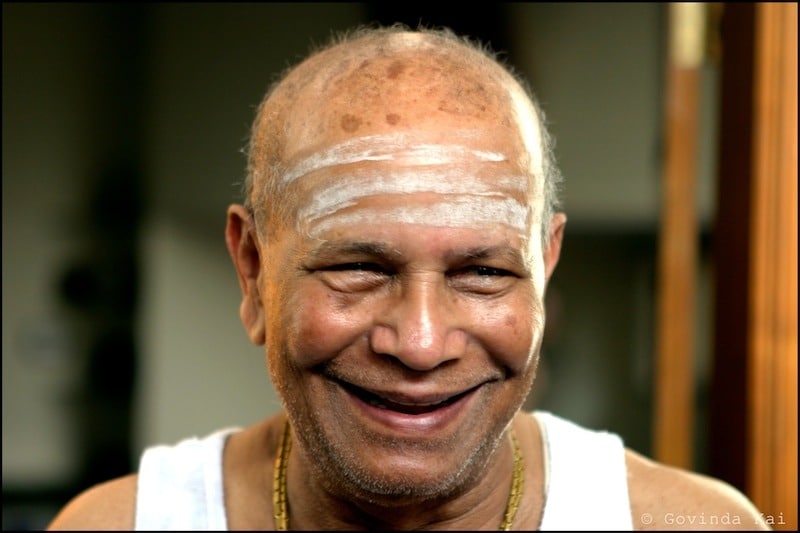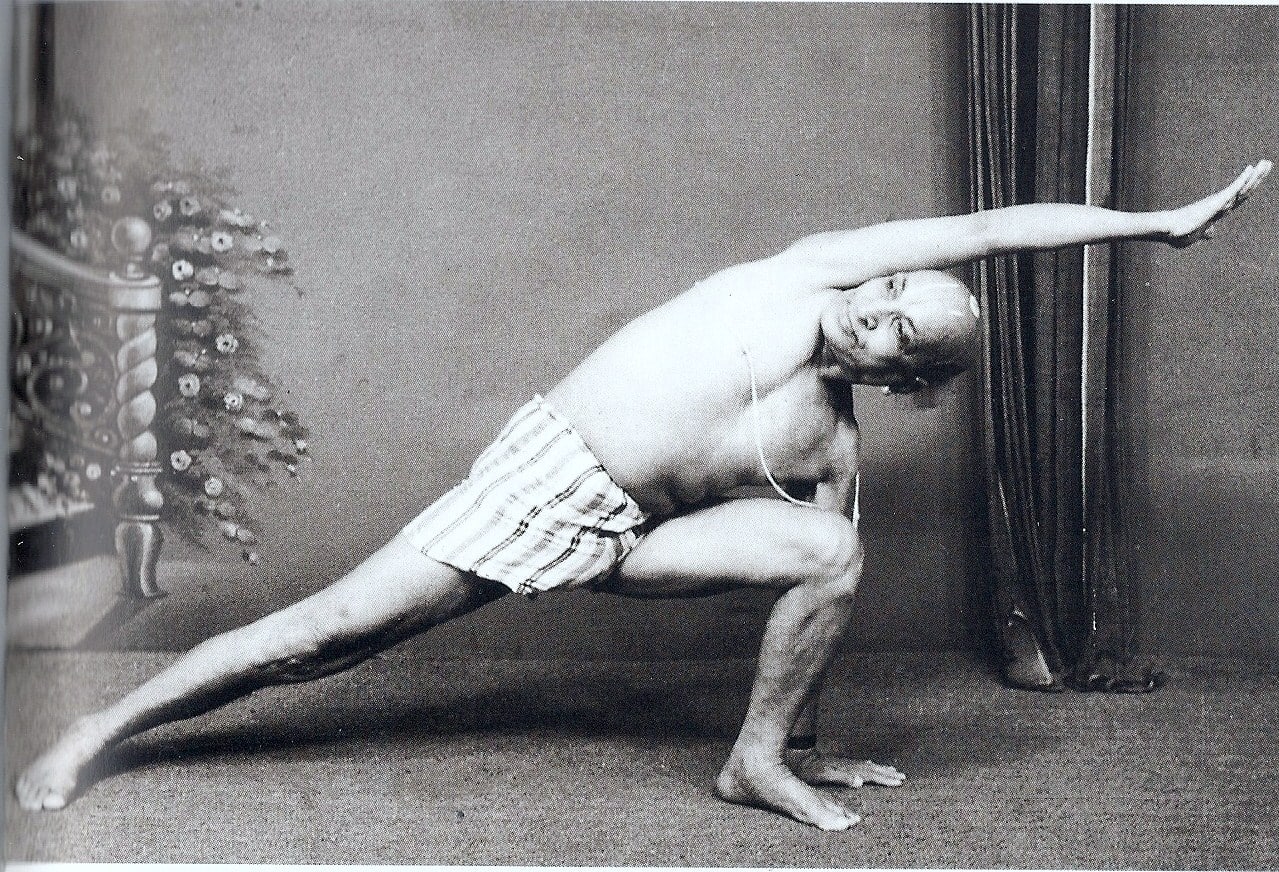Looking Back to Asia
Remembering 15 Weeks in Asia I feel very lucky to have gotten through the entire trip throughout Asia without more than a couple of bruises and an empty bank account. India and Thailand were the highlights of the trip and Kathmandu, Nepal and Myanmar both beckon return journeys of significant lengths of time. The trip … Read more









